Sustainability – what does that actually mean?
Sustainability – what does that actually mean?
Doing something today for the world of tomorrow.
Acting sustainably starts with each individual, but is also the responsibility of an entire country. And thinking a little bigger: it affects Europe and ultimately the whole world. But what does sustainability mean in concrete terms?
We take you on a short sustainable journey.
Sustainability – a brief definition
Sustainability is not a modern concept, but can be traced back to the 18th century. In 1713, forestry expert Hans Carl von Carlowitz defined sustainability as the principle of not harvesting more than can grow back in nature.
The global definition of sustainable development, which has been in force since 1987, encompasses two central perspectives: Today and tomorrow. This is because sustainable behaviour means satisfying the needs of today in such a way that the opportunities of future generations do not suffer as a result.
Don’t feel like reading? Then let us explain the term to you: BMUV: Erklärfilm zur Nachhaltigkeit | Video
The sustainability triangle
What is the sustainability triangle?
The sustainability triangle combines the three dimensions of sustainability: people, environment and economy. The shape of the triangle reflects the interdependence of the individual aspects and the equal importance of the individual factors:
Environment + people = liveable
Economy + environment = viable
People + economy = fair
And the aim of the model? Fair and liveable conditions for people today and tomorrow.

And what is behind the three dimensions?

People
The social dimension encompasses responsible behaviour towards other people and aims to prevent conflicts and social tensions through sustainable action. The following goals take centre stage:
- Satisfy basic needs (drinking, eating, sleeping, safety)
- Justice, equal opportunities and solidarity
- Gender equality
- Free medical care
- Right to education
- Creating jobs with fair conditions
- Financial security for elderly and sick people (pensions)
Environment
The environment area covers ecology and therefore all objectives relating to the environment and climate. These include:
- Reducing greenhouse gasses
- developing renewable energies
- saving electricity
- conserving resources
- Minimizing the use of finite resources
- Protect species and habitats
- Minimize the use of toxic substances


Economy
The aspect of profit, or economy, concerns the economy of a country, i.e. the state, companies, but also households or individuals. There is a close connection between economy and ecology, as companies utilize natural resources and therefore consciously intervene in the environment.
The ecological dimension includes the following objectives:
- Using renewable raw materials sparingly.
- Long-term existence of the economy instead of short-term growth and maximum profit.
- Reduce energy consumption to a minimum.
- Increase sales and growth of the company not at the expense of the environment and employees, but at the same time healthy sales stability in order to be able to afford to act sustainably.